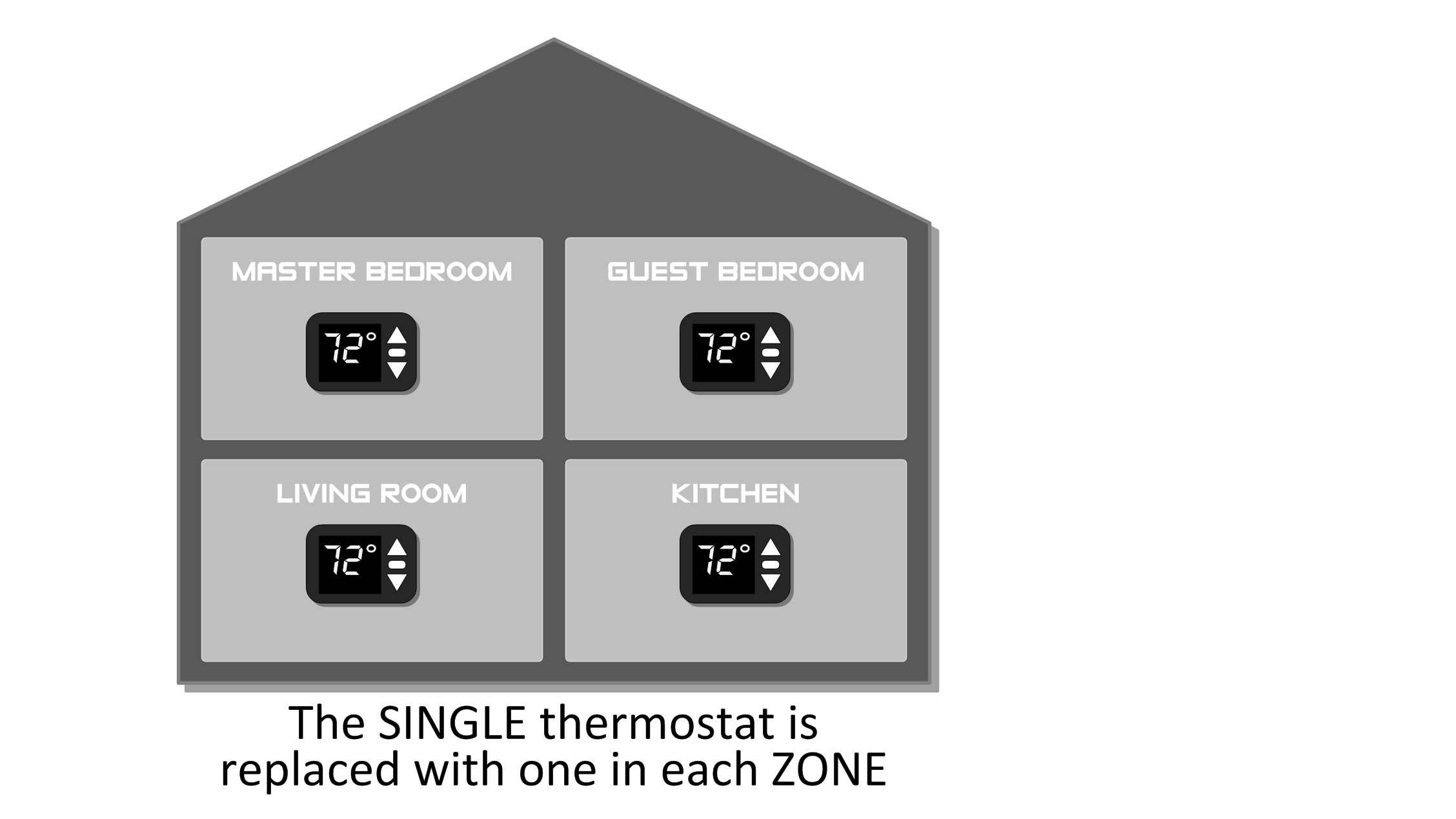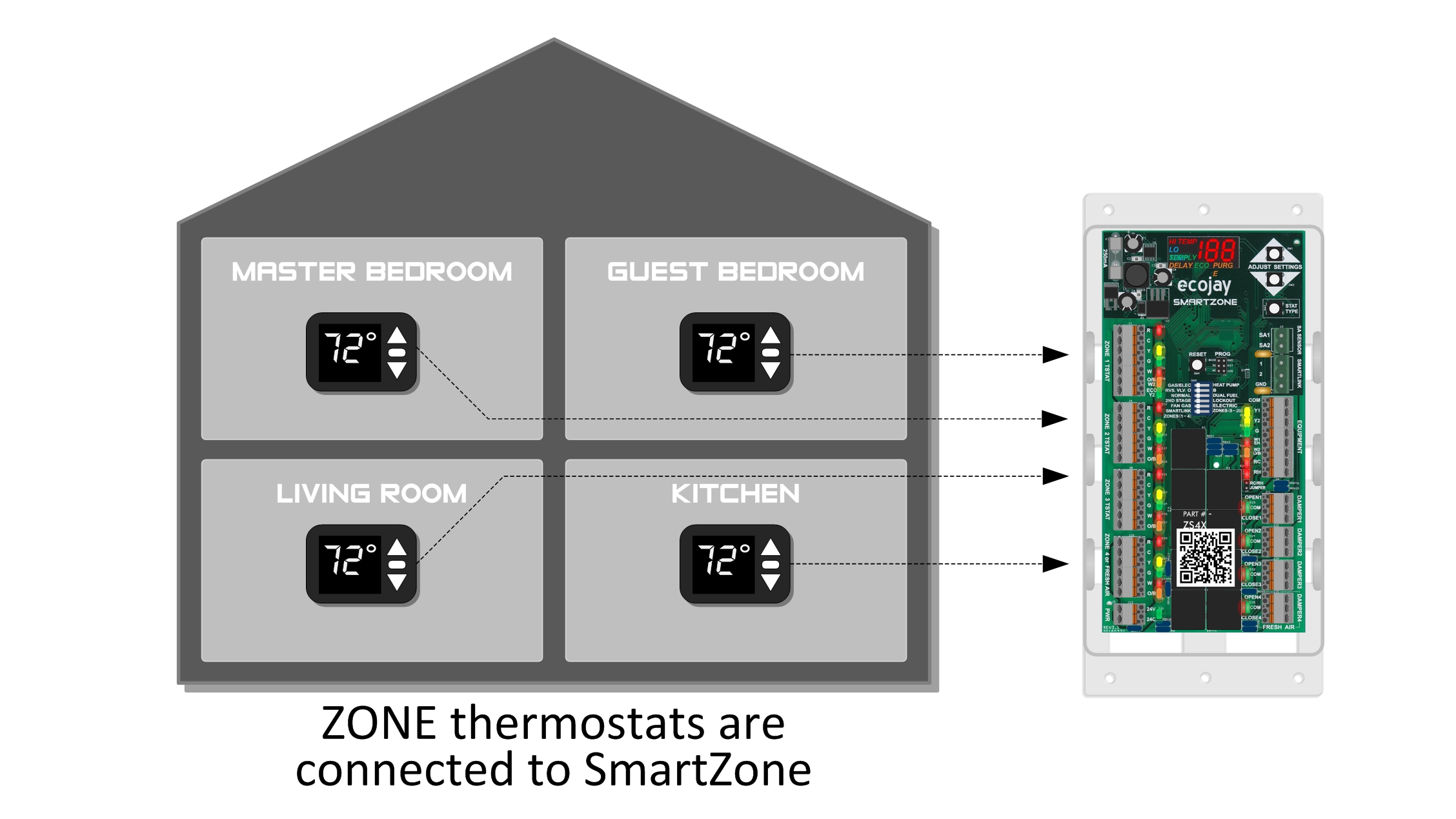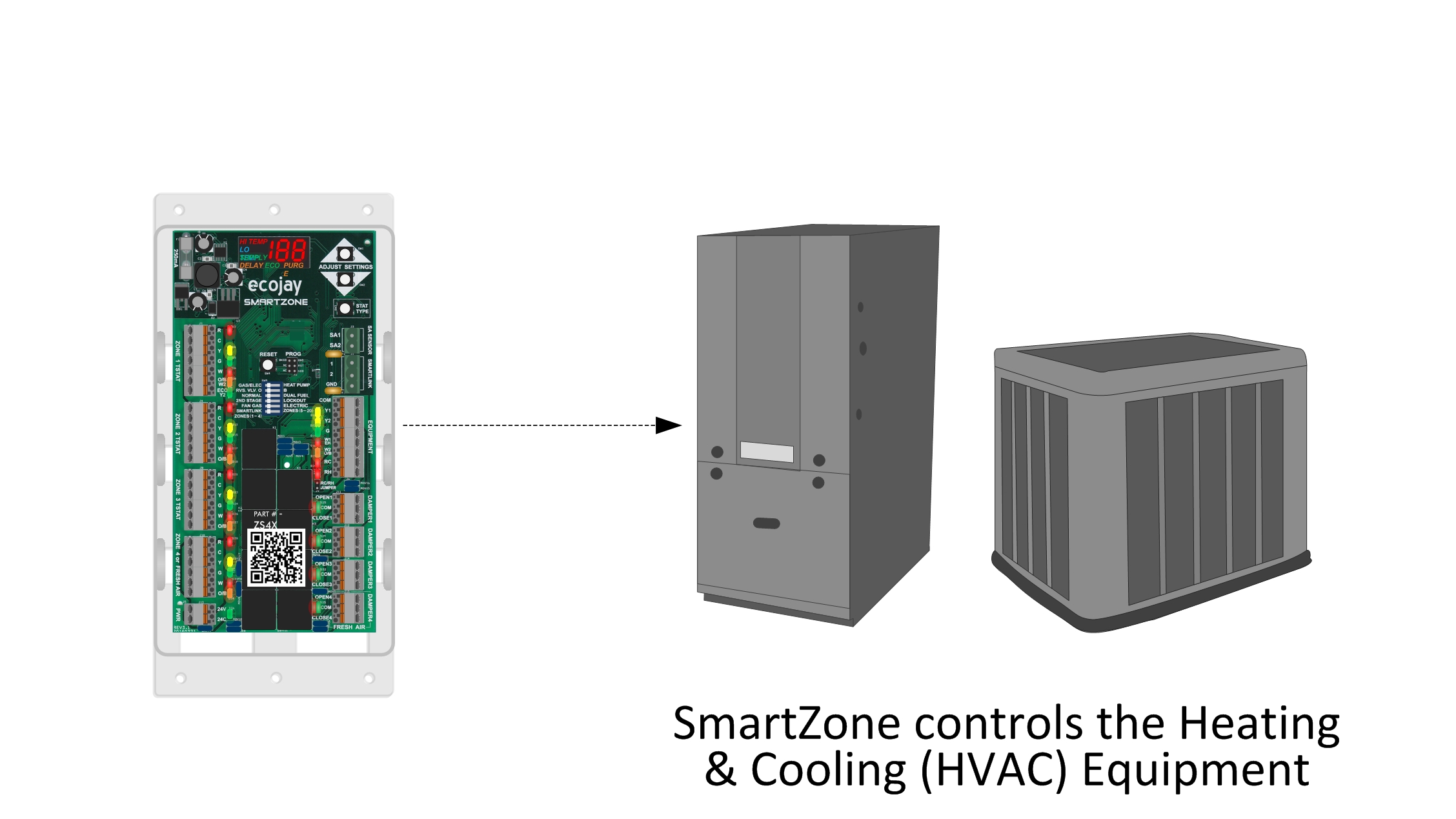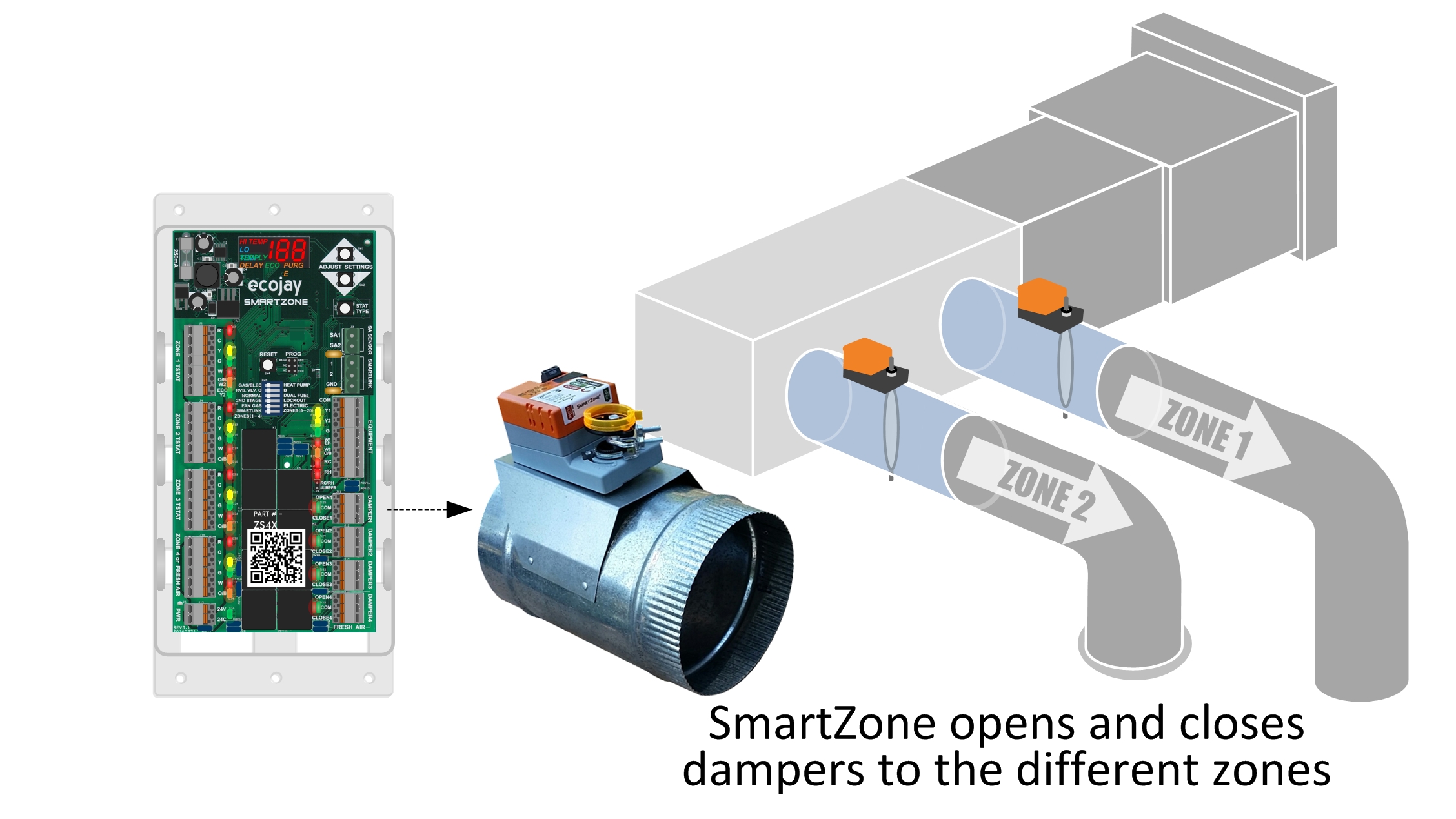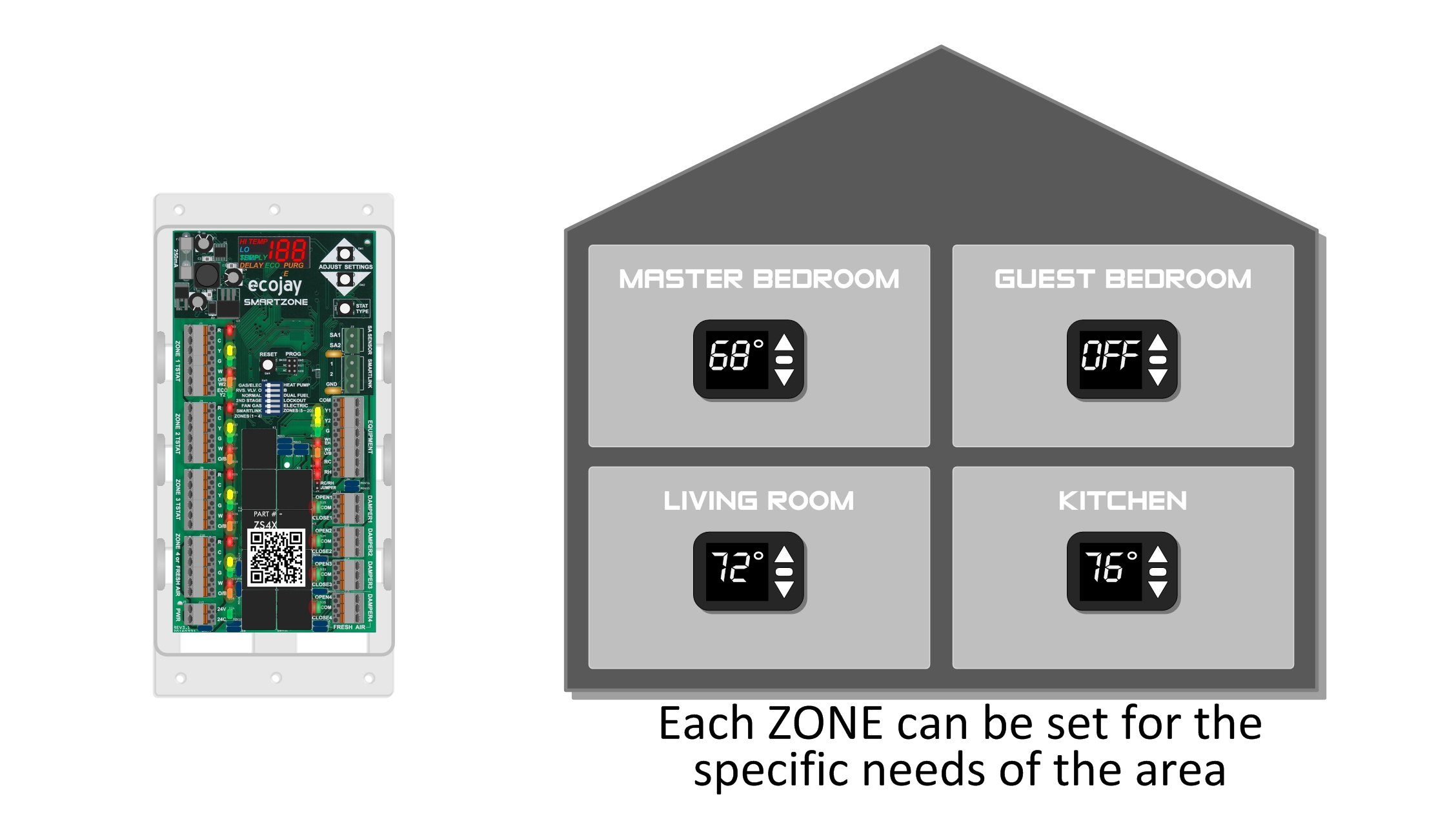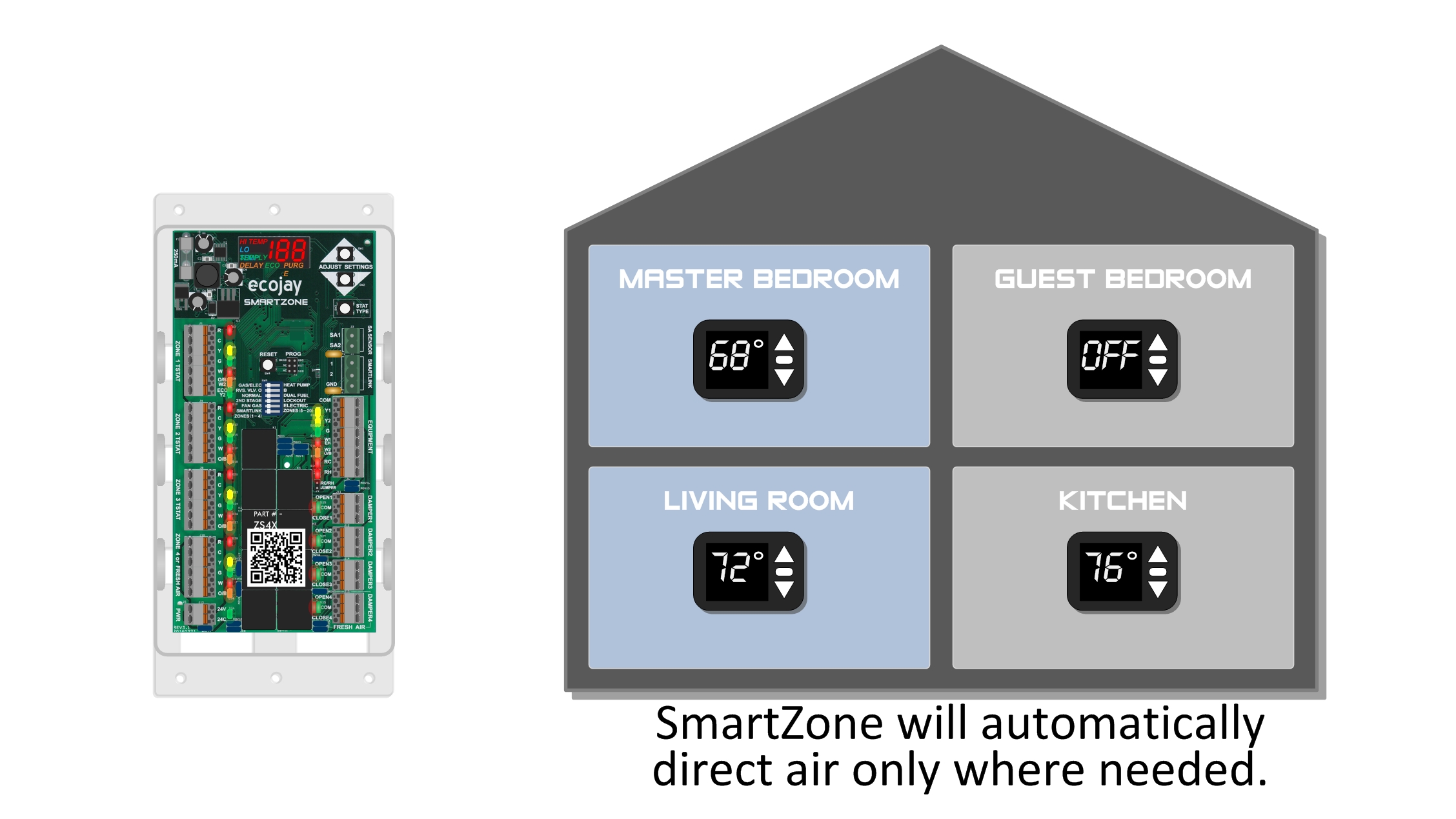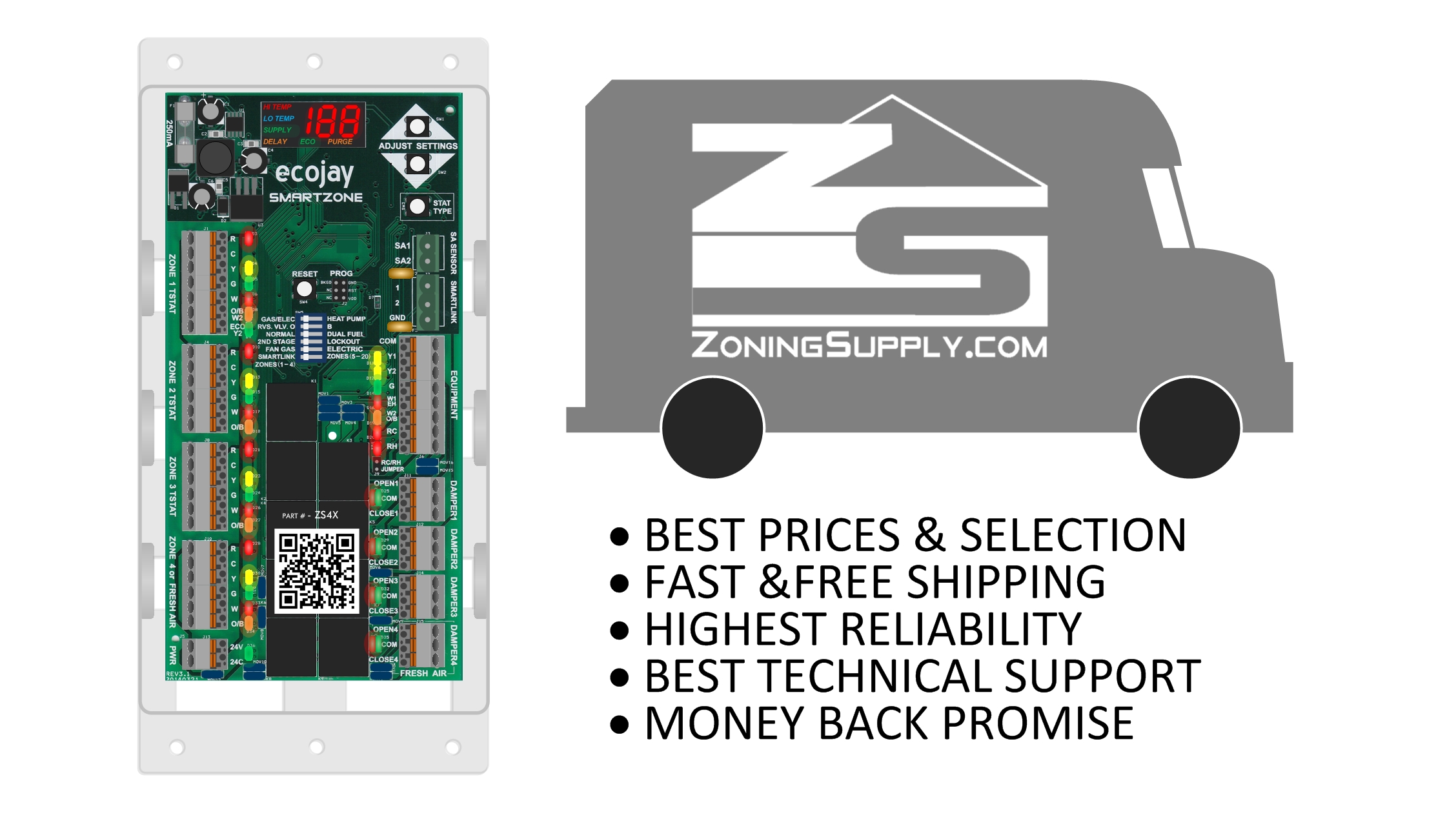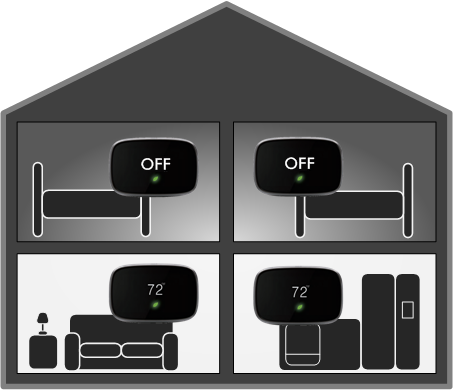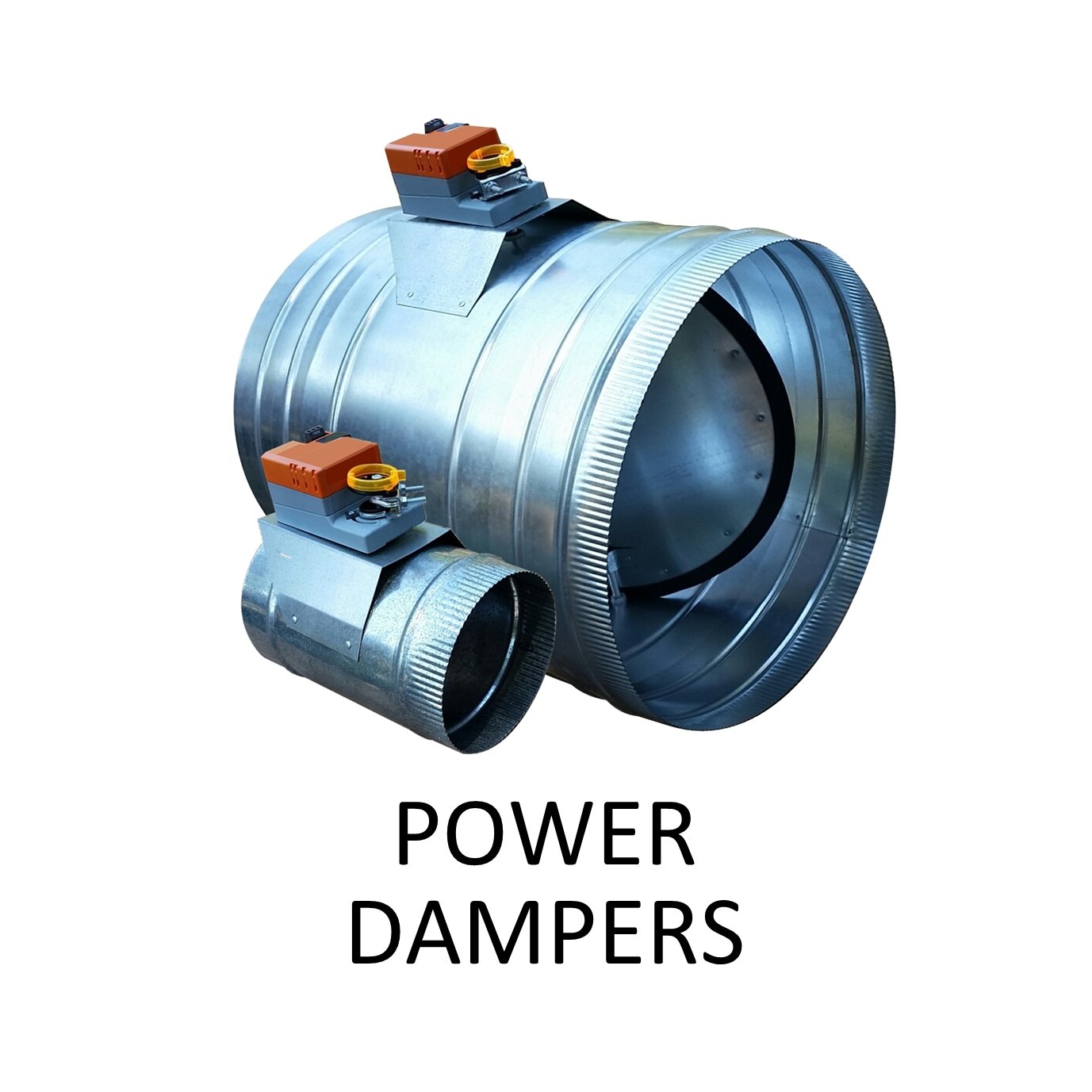Many homes these days have such tight seals around doors, windows, and even closed-cell foam insulation... they are almost air-tight. You can think of an old house like an antique metal or wooden ice box where modern homes are more like Yeti coolers. While this is great for keeping temperatures steady inside the home, it also can trap moisture and toxic gases inside. Fresh air ventilation is necessary to keep a healthy and efficient home.
But how much fresh air is needed? If you bring in too much, you will make your HVAC equipment work too hard and loose efficiency. If not enough fresh air is brought into the home, the air can become humid and allow mold growth or VOCs and other toxins can build up. Luckily, the national organization ASHRAE has a specific recommendation for the amount of air based on occupancy and square footage of the home. See table below.
Taken from SmartZone-4X Install Guide
However, this table should not be taken as gospel. Just like other HVAC calculations and estimations, many factors are not really being taken into account with this rough estimate based on # of bedrooms (occupancy) and square footage. Some adjustments may be needed based on factors such as climate, ceiling height, other air-leakage, etc. To comply with 62-2 is the baseline & adjustments can be made in the field by setting run-time.
Learn more about how SmartZone-4X can control fresh air more efficiently than a separate fresh-air controller in the Install Guide




